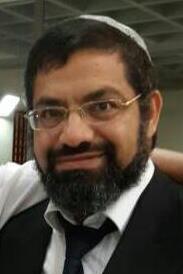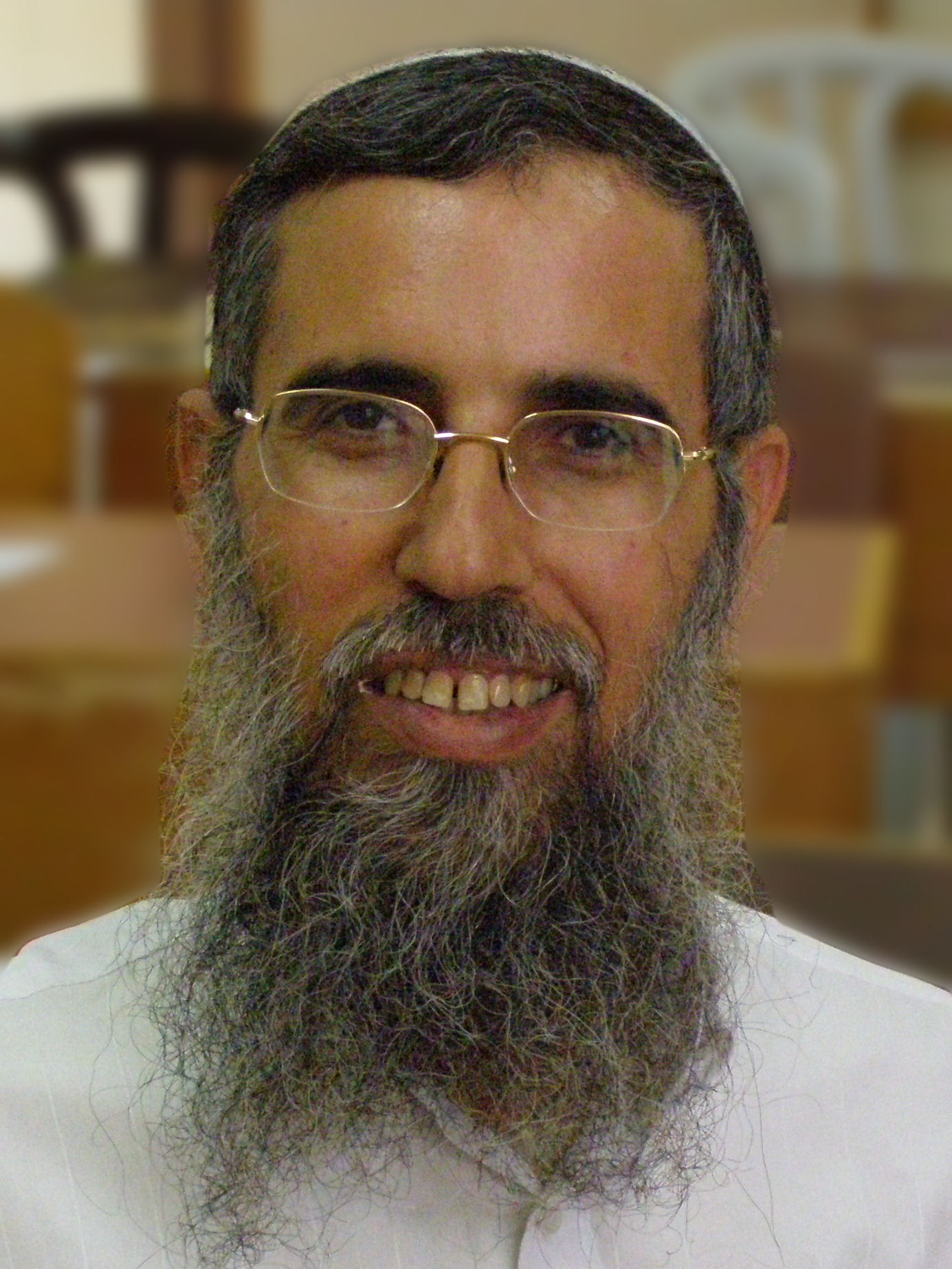Four Sons, One Message
הרב דני זוקרמן
In less than two weeks, we will sit down to the seder. The story is familiar, the songs are familiar, the food is probably familiar. However, no matter how many times we have sat down to a seder, its goals and priorities remain elusive. How do we focus on the children, guests and ourselves? What message are we trying to convey each of these groups?
The Torah speaks to four different kinds of children, and the Baal Haggada answers each of their questions differently. Of course each child- and adult- needs to learn in a language they can understand, but is there a unifying theme that we can focus on?
Who are these four children, and what essential message must we convey to them- and ourselves?
The Maharal (Gevuros Hashem Perek 53) defines the four children based on the respective contexts in which they appear in Chumash.
The “אינו יודע לשאול” is a person who doesn’t ask questions. Nothing will pique his interest. In Shmos 13:8, the context is the mitzva to eat matza. A basic, straightforward mitzva. “בעבור זה”- we simply point at the matza we are eating and explain that we are eating it because Hashem took us out of mitzrayim.
A “תם,” on the other hand, is a person who could ask a question, but doesn’t do so easily. He accepts what he learns “בתמימות.” He isn’t driven to extrapolate any more wisdom than he has been taught. However, if we can surprise him, he will be caught off guard and will ask, “מה זאת”. In Shmos 13:14, the question of the תם comes in context of עריפת פטר חמור, surely one of the more surprising mitzvos that we do. When this otherwise complacent child sees us chopping a donkey’s neck with an axe, he cannot help but ask, “what is that?” With his attention now riveted on the mitzvos of פדיון ועריפה, we explain to him- בחוזק יד הוציאנו השם ממצרים…על כן אני זובח לה’ כל פטר רחם הזכרים וכל בכור בני אפדה. We treat our first born with holiness because Hashem took us out of Mitzrayim.
A “חכם” is a person who learns material and then, based on what he has learned, wants to understand more. He strives for deeper and more comprehensive understanding. תן לחכם ויחכם עוד. In Devarim 6:20, the question of the חכם comes on the heels of Moshe Rabbenu teaching klal yisrael some of the most foundational mitzvos- עשרת הדברות, שמע ישראל, ועשית הישר והטוב. These mitzvos are eminently reasonable and clearly designed to produce a more perfect society. Nevertheless, the חכם asks, what is the essence of these mitzvos that we perform? We answer him (in the chumash), עבדים היינו….ויוציאנו השם…ויצונו ה’ לעשות את כל החקים האלה ליראה את ה’ אלקינו לטוב לנו כל הימים. All of the mitzvos that we do, our entire lifestyle, is a function of not only gratitude to Hashem that he took us out of Mitzrayim, but ליראה את השם- to acknowledge our awareness of Him and recognize that this world is His. We explain to the חכם that every mitzva we do is an expression of our having internalized the deep truths made evident by yetzias mitzrayim.
At the seder as well, we address the Chacham’s question not only by teaching him hilchos Pesach, but by following up with מתחילה עובדי ע”ז היו אבותינו ועכשיו קרבנו המקום לעבודתו. We don’t just teach the chacham a lot of information, we contextualize it and explain the significance for a broader relationship with Hashem.
A “רשע” is a person who thinks just as deeply as a חכם, but with a different perspective. The רשע recognizes that performing mitzvos has deep significance, and it is specifically that significance which bothers the רשע. In Shmos 12:26, the רשע’s question is provoked by the עבודת קרבן פסח. The רשע correctly intuits that performing mitzvos is not merely a ritual, but an עבודה- a statement of fidelity and obedience to Hashem. He therefore asks, מה העבודה הזאת לכם? You just gained your freedom from Paroh, why would you forfeit it for more servitude? While the Baal Haggada responds harshly to the רשע, we must recognize the answer to his question. הללו עבדי השם- ולא עבדי פרעה. We sing hallel to Hashem because, unlike servitude to Paroh, our obedience to Hashem is, as we told the Chacham, a product of our gratitude, our recognition that this world is His, and our acceptance of his invitation to have an eternal relationship with Him.
Four types of children, four different answers, but the clear theme running through them all is that ליל הסדר is the night in which we draw a line between our history, our behavior and our relationship with Hashem. The mitzvos we do have a context, a deep significance, and are our attachment to our Creator and Redeemer.
The essential goal of the Seder is to explain to our children, our guests and ourselves why we do mitzvos, why we live the lives that we do.
The four children are not merely children. They are four attitudes and they exist to some degree in all of us. Sometimes we are apathetic, sometimes complacent, sometimes thirsty for knowledge and sometimes hostile. To all of these we must take the time and effort to explain and understand that our mitzvos are indeed an עבודה, they are ליראה את השם אלקינו and they are לטוב לנו כל הימים.-
השיעור ניתן בג' ניסן תשפ"ד
קוד השיעור: 9399
לשליחת שאלה או הארה בנוגע לשיעור:

.jpg)
.jpg)
.jpg)



.jpg)